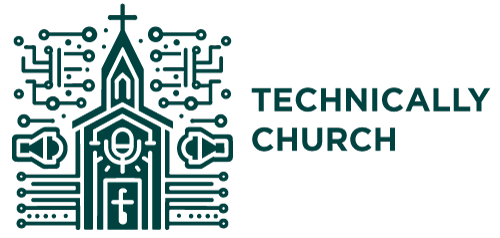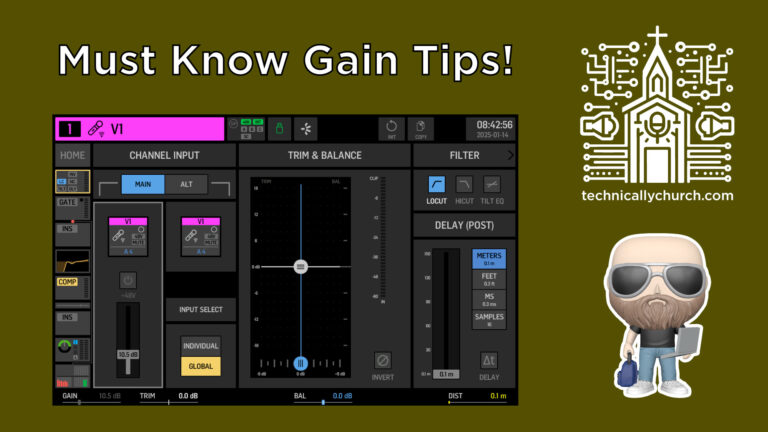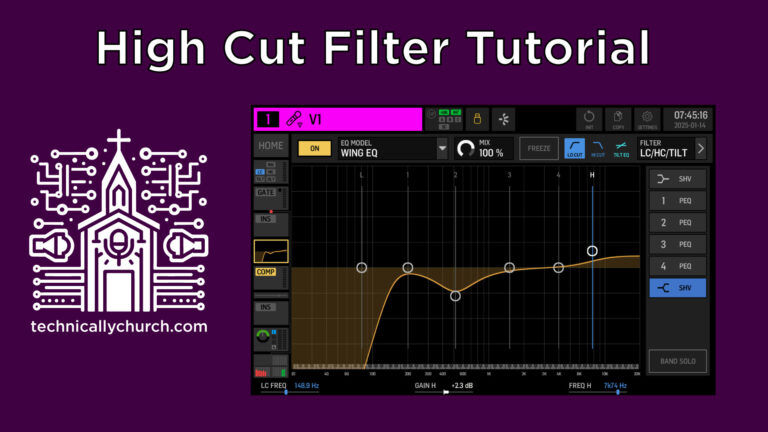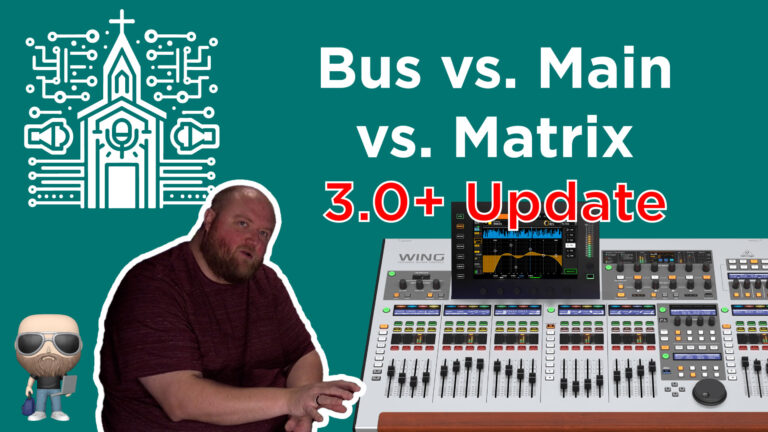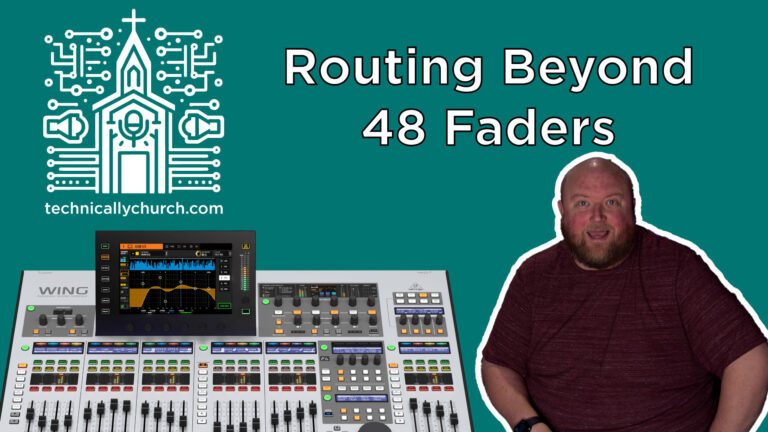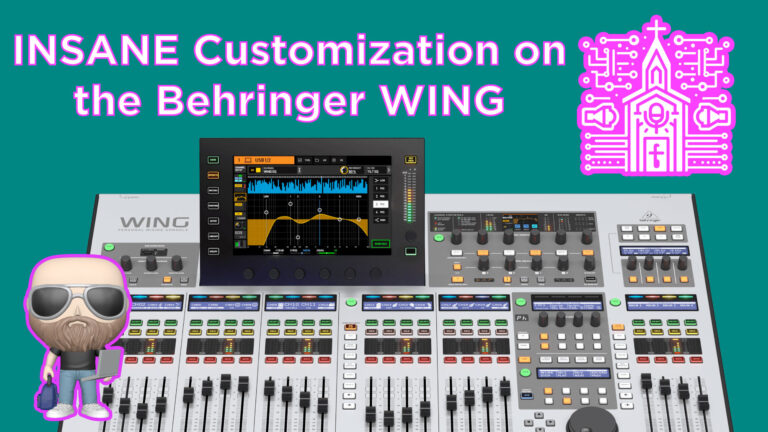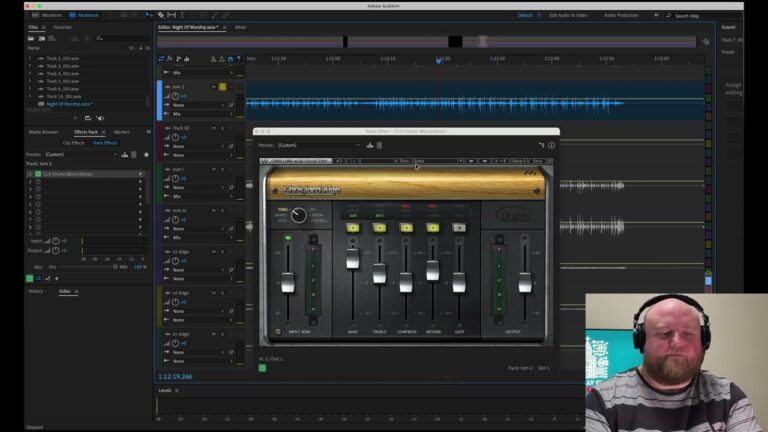Optimizing Playback: Strategic Track Patching with Dante
Advanced Audio Routing in Live Settings: The Power of Playback and Dante
Introduction
In the dynamic world of live audio production, the meticulous organization and routing of tracks are paramount. The multitracks.com Playback app, coupled with Dante’s digital audio network, presents a sophisticated solution for managing complex audio setups. This article explores the nuances of patching tracks into buses within Playback and efficiently utilizing Dante for superior audio control.
Understanding Playback’s Track and Bus System
Playback is not just a media player; it’s a comprehensive tool designed for live performance management, offering up to 16 audio outputs (or 32 in stereo mode). This flexibility is crucial when dealing with a multitude of tracks, often exceeding the available output channels.
The Challenge of Excess Tracks
Consider a scenario where a song, such as “Same God” by Elevation, comprises 19 individual tracks. Playback’s architecture accommodates these through a system of buses, consolidating multiple tracks into fewer output channels. This consolidation is essential, especially when hardware outputs are limited.
Strategic Patching for Optimal Control
The default patching in Playback might not suit every live situation. For example, while acoustic guitars and accordions are pre-patched to specific buses, unique live arrangements might necessitate distinct control over these instruments. It’s possible to reassign these tracks to different buses, tailoring the setup to the live mix’s specific needs.
A Practical Approach to Electric Guitars
A common modification involves separating lead electric guitar tracks from rhythm sections to allow for independent volume and effect control. By re-routing the lead electric guitar to an unused bus and keeping the rhythm guitars on their designated bus, engineers gain granular control over the mix, enhancing the live sound experience.
Integration with Dante for Advanced Routing
Dante’s digital audio networking shines in complex setups, seamlessly interfacing with Playback to route audio to various destinations. Whether it’s sending individual tracks to separate mixer channels or grouping them for collective processing, Dante’s flexibility in routing and scalability is unparalleled.
Conclusion
The combination of Playback and Dante offers a powerful solution for managing and routing audio tracks in live settings. By understanding the intricacies of track-to-bus patching and leveraging Dante’s networking capabilities, audio engineers can achieve a meticulously tailored live sound, accommodating the nuanced requirements of each performance.
